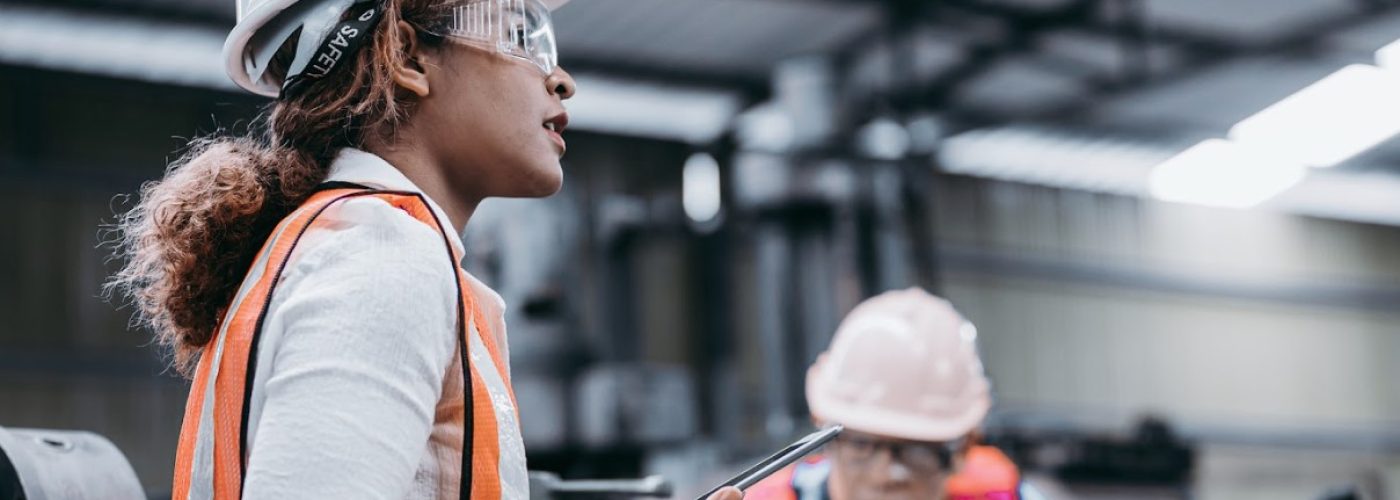Worker safety is a crucial concern in oil fields, which are dangerous environments with a high risk of accidents and injuries. Creating a safe environment for your workers must be a priority, with the lurking danger of potential explosions, fires, and toxic gas leaks.
Accidents incurred while working in a hazardous environment like an oil field can result in life-altering injuries. Gibson Hill discussed oil field injuries to workers and the compensation claim process. Compensating workers injured while working can be expensive, and creating a safe working environment would prevent you from incurring such costs. Having said that, here’s how to establish worker safety in oil fields:
- Carry Out A Comprehensive Risk Assessment
A comprehensive risk assessment is the first step to creating worker safety in your oil fields. Consider hiring professionals to conduct an intensive evaluation of the entire oil fields operations, like drilling, transport, storage, and maintenance of equipment and materials. The assessment lets you know all the potential risks and hazards in oil fields. Moreover, the existing safety measures would also be assessed, and their efficiency determined.
Additionally, the evaluation should cover the potential impact of external factors and natural disasters. For example, what are the safety protocols for workers in case of an earthquake or collapse? Consider whether there’s a guidebook and safety equipment such as suitable first aid kits, protective gear, safety bunkers, and evacuation procedures.
The risk assessment results can be used to create and implement the right safety measures to mitigate all the identified potential risks. For instance, if one of the risks identified is explosions or fires, consider more fire safety equipment such as extinguishers, training of employees on responding to such risks, and contacts for emergency responders. Moreover, the safety protocols should be flexible to accommodate changes during regular reviews and depending on needs.
- Provide Safety Training
All the employees in the oil fields should receive sufficient safety training regularly. While most employees receive safety reminders and necessary updates before starting work, regular safety training can refresh their memory and cover any new potential risks in the oil fields. During training, some essential areas to cover are the correct use of personal protective equipment (PPE), safe handling of hazardous materials, and emergency response protocol.
Ascertain that workers understand all potential risks and mitigation procedures while working in an oil field. You can test this understanding through mock drills for different situations, such as fires. The workers’ response during drills can help you test the safety protocols and help identify improvement areas.
- Create A Safety Management System
A safety management system can effectively identify potential risks, establish efficient safety measures, and regularly review and update. You can create a system that caters to your specific needs and risks. This system can also help rank the risks and help you focus resources on the most potent ones. Further, you’ll have an ongoing safety system for your employees.
Consider a safety management system that incorporates policies and procedures for all aspects of the oil field operations. For example, you need clear guidelines on how drilling should be done and the authorised persons. It’d help if you also had specific procedures for transporting, storing, and maintaining hazardous materials to reduce risks.
Clear lines of responsibility and safety accountability should be another aspect of the management system. A worker’s duties and responsibilities are clearly outlined and assigned depending on their skills and rank in the oil field. For example, drivers’ responsibilities are to transport materials strictly depending on instructions, such as from the field to the storage facility.
- Use Technology
With technological advancements and innovations, you can significantly boost the safety of your employees in the oil fields. You can use drones to monitor and inspect areas that are hard to reach instead of endangering your workers. Using sensors to check hazardous leaks and monitor potential risks can also improve workers’ safety.
Consider incorporating technological aspects that make your oil fields a better and more conducive environment. For example, wearable technology like smart helmets and vests can help monitor workers’ safety and give alerts in an emergency, such as when their bodies are in distress.
- Conduct Regular Safety Audits
Safety is an ongoing concern; regular audits can help keep your safety measures current. Consider hiring a third party to conduct the safety audit on your oil field. The safety audit should cover all aspects of the operations, including drilling, maintenance of materials, and transportation. For example, is the fire strategy for storage areas efficient, and do the workers understand how it works?
A safety audit aims to assess the efficacy of the present safety measures and note any areas that may need improvement. Ensure to address the identified risks and recommendations. The audit report can also help you assess the safety management system and whether it’s working.
Conclusion
Oil fields are dangerous, with many potential risks caused by internal factors such as negligence, environmental issues, and natural calamities. You can’t prevent accidents from happening, but having reasonable safety measures can help reduce injury to your workers. A safe working environment for your workers goes a long way to protecting your staff from harm while working in the oil fields.

Building, Design & Construction Magazine | The Choice of Industry Professionals





